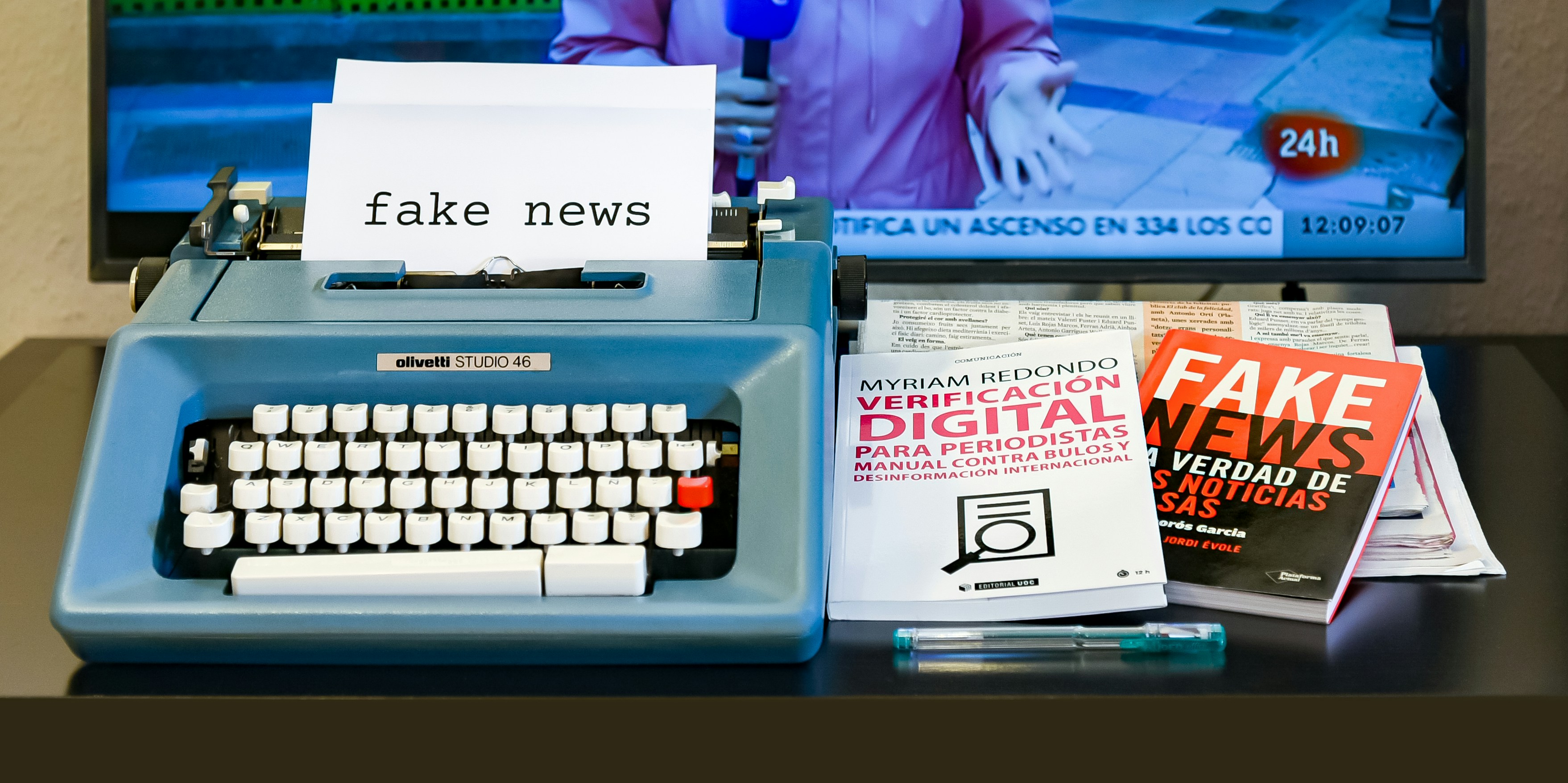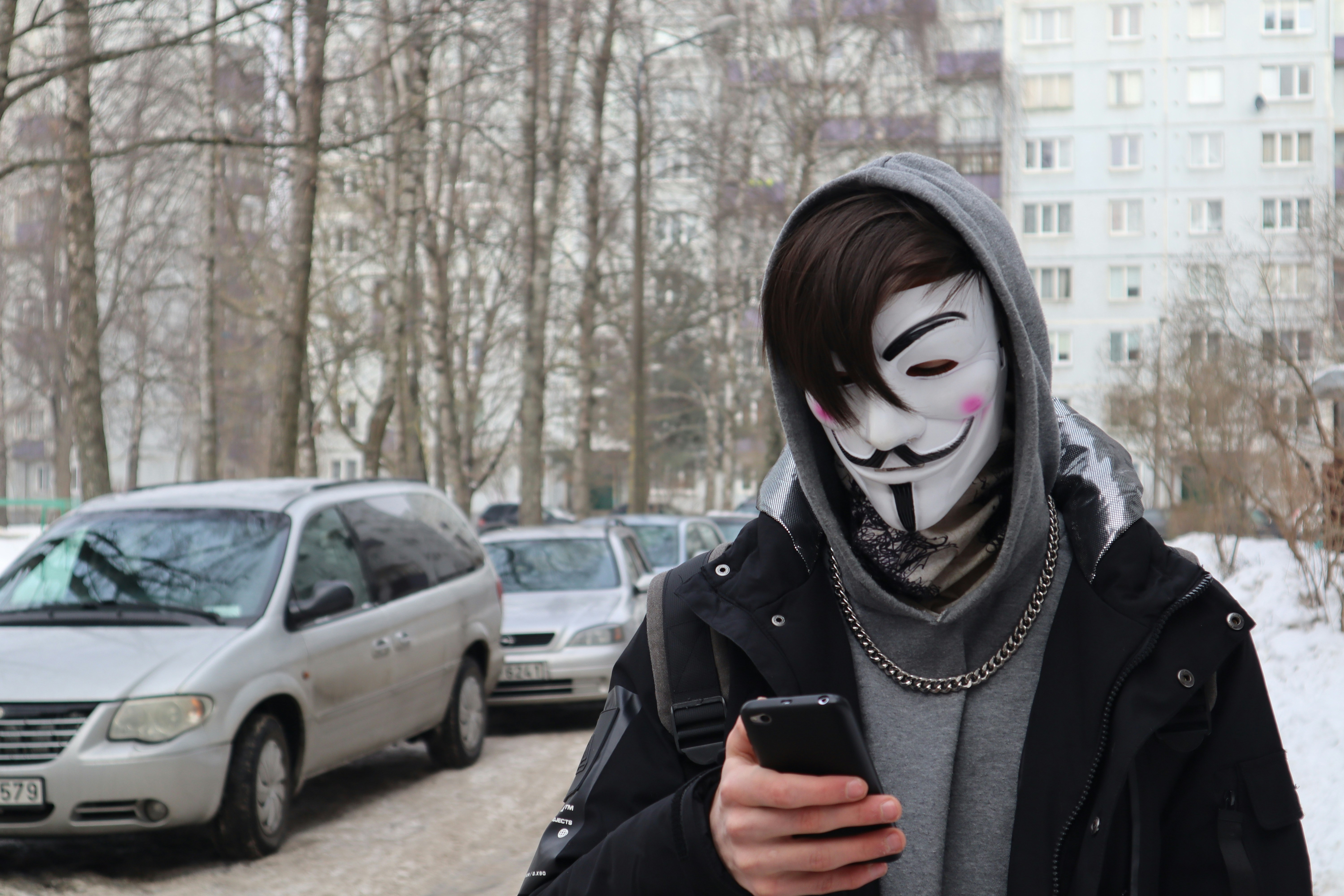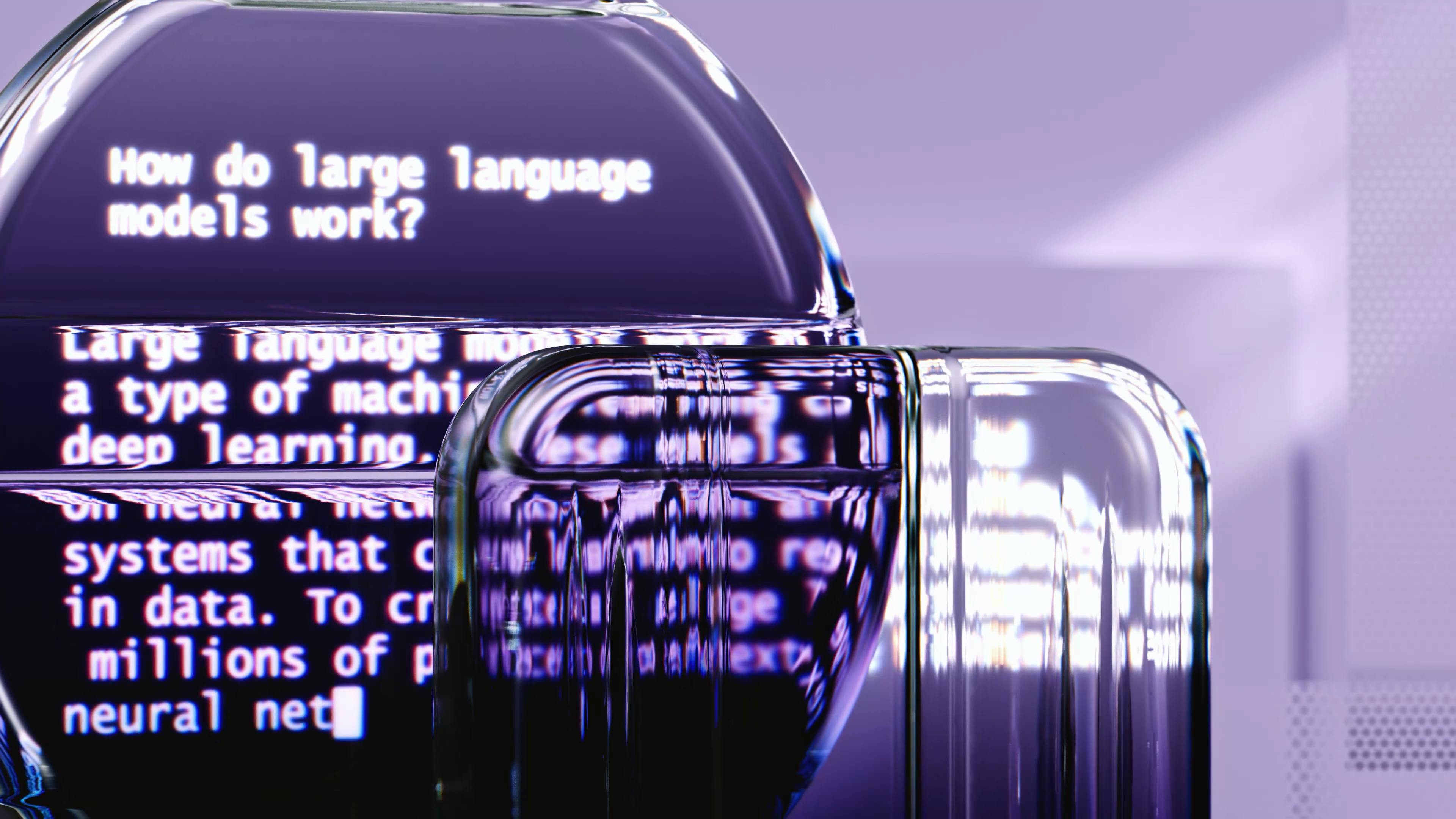Deepfake: When Seeing Is No Longer Believing

The world of digital content is evolving at a rapid pace. Thanks to artificial intelligence (AI) and deep learning, a technology has emerged that is increasingly blurring the line between reality and fiction: the deepfake.
You may have already heard about it, or perhaps even seen examples of it on social media. But what exactly is a deepfake, how are they made, and what does this mean for you as an entrepreneur and customer of Belfabriek?
What is a deepfake?
A deepfake is essentially synthetic media in which the image or sound of an existing person in an image, video, or audio recording has been replaced by that of another person.
This is often done with the help of advanced artificial intelligence software that learns from large amounts of existing images and sounds of the target person.
The result can look stunningly real, making it increasingly difficult to distinguish whether something is authentic or manipulated.
How deepfakes work
The technique behind deepfakes is complex, but the basic principle revolves around deep learning algorithms. These algorithms analyze thousands of images and hours of video and sound of a person to create a model of their face, voice (voice cloning), and way of moving.
This software can then use that model to ‘paste’ the person’s face or voice onto other images or sounds, making it seem as if the person is saying or doing things that never actually happened.
Examples
The application of deepfakes is broad. In the entertainment industry, they can be used to make actors younger, digitally bring deceased actors back to life, or even create completely new digital content.
The downside, however, is the potential for abuse. Deepfake videos and fake audio clips can be used to spread misleading information, commit fraud, or even for sexual abuse, where the face of female celebrities (or random people) is pasted onto the body of, for example, a porn actress. The latter is a serious violation of privacy and can lead to significant damage.
Belfabriek: Trust and authenticity
Why is this topic relevant to Belfabriek customers? Because it touches on the core of reliable communication and authenticity, values that are of crucial importance to any commercial company. In a world where image manipulation is becoming increasingly sophisticated, the trust that customers place in your company is invaluable.
Belfabriek offers various features that can help ensure the authenticity of your communication:
- Business phone number: A recognizable and professional phone number contributes to the reliability of your company.
- Call recording: Although this is primarily intended for quality control and training, it can also serve as proof of conversations held in certain situations.
- Welcome message: A professionally recorded welcome message creates a recognizable and authentic first impression with callers.
We want our customers to be aware of the existence and potential dangers of this technology. Especially in scenarios where important decisions are made based on video or audio clips shared via digital channels, a healthy dose of skepticism is warranted.
What should you look for? Recognizing deepfakes (is difficult!)
Recognizing deepfakes is becoming increasingly difficult as the technology improves. However, there are some subtle clues you can look for, although these are not always foolproof:
- Unnatural movements: Sometimes the manipulated movements can look just a little too smooth or unnatural.
- Facial expressions: It can happen that the faces are not perfectly in sync with the words being said, or that certain emotions do not seem real.
- Eyes: Pay attention to how the person blinks. Some early deepfakes had trouble realistically producing blinking.
- Lighting and color: Inconsistent lighting or color differences between the “pasted” face and the rest of the footage can be an indication.
- Background: Sometimes the background can be blurry or inconsistent around the manipulated subject.
- Sound: Fake audio clips can sometimes have a monotonous or unnatural intonation.
However, it is important to emphasize that the technology is evolving rapidly and many of these imperfections are being corrected better and better.
The legal side: Deepfakes and privacy (GDPR)
The creation and dissemination of deepfakes raise important legal questions, particularly in the area of privacy and the General Data Protection Regulation. Using someone’s image or voice without permission to create deepfakes can be a violation of privacy legislation.
When deepfakes are used for abuse, fraud, or spreading misleading information, the legal consequences can be significant. It is essential to understand that manipulating and sharing someone’s image or voice without permission is ethically reprehensible and possibly illegal.
Conclusion: Stay alert
Deepfakes are a fascinating but also potentially dangerous development within image manipulation. Although there are legitimate applications, it is crucial to be aware of the risks, especially the spread of fake news and abuse.
For Belfabriek customers, it is important to rely on authentic communication and to be aware of the possibilities of manipulating image and sound. Remain critical of the content you encounter online and be extra careful when important decisions are made based on digital media.
In a world where seeing is not always believing, a critical eye and the ability to recognize fake news or misleading information are essential.
Frequently asked questions
A quick way to explore how everything works and what to expect.
A deepfake uses artificial intelligence and deep learning to replace or create faces or voices in a very realistic way, often with a persuasive power that goes beyond traditional edited images or videos.
No, not necessarily. There are also examples of this in the entertainment industry or as artistic expression. However, the potential for abuse and the spread of misleading information is significant.
Yes, as the technology develops, deepfakes are becoming increasingly sophisticated and difficult to distinguish from real images.
Be skeptical and do not just share the content. Check the source and look for signs of manipulation. You can report the content to the platform on which you saw it.
More and more attention is being paid to the development of detection technology and legislation to combat the creation and spread of harmful deepfakes. Tech companies are working on tools to recognize and mark deepfakes.
Yes, voice cloning is a technique that makes it possible to create fake audio clips that give the illusion that someone has said certain words. This can be very convincing and misleading in combination with deepfake videos.
The General Data Protection Regulation protects personal data, including images and voices. Using this data without permission to create deepfakes can be a violation of the General Data Protection Regulation.
Companies must be aware of the potential risks to their reputation and internal communication. Implementing strong verification processes and training employees to recognize suspicious content is important.
It is likely that deepfakes will become increasingly common. It is therefore essential to continue to think critically about the media we consume and to be aware of the possibilities of manipulation.
Look for abrupt changes in movement, eyes that do not blink in sync, or a general lack of subtle, human micro-expressions in the face.

 Netherlands
Netherlands Belgium
Belgium Denmark
Denmark Germany
Germany France
France Switzerland
Switzerland Austria
Austria UK
UK Spain
Spain Italy
Italy


